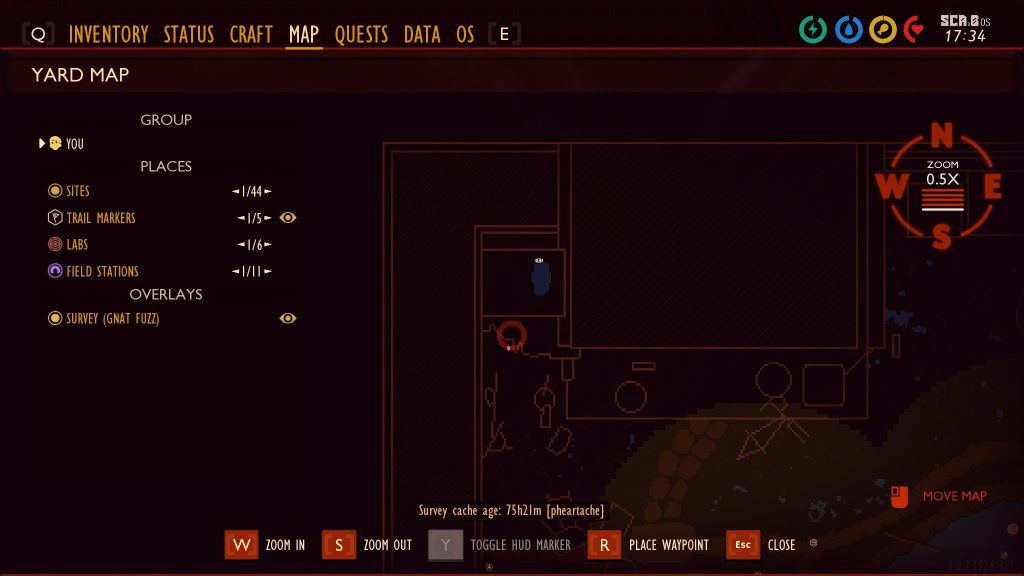Termites are a major problem for homeowners and can cause significant damage to a structure if left unchecked. Identifying and controlling termites can be a difficult and time consuming task. This article will provide tips on where to find termites, how to identify them, and how to control them.
Biology and Habitats of Termites
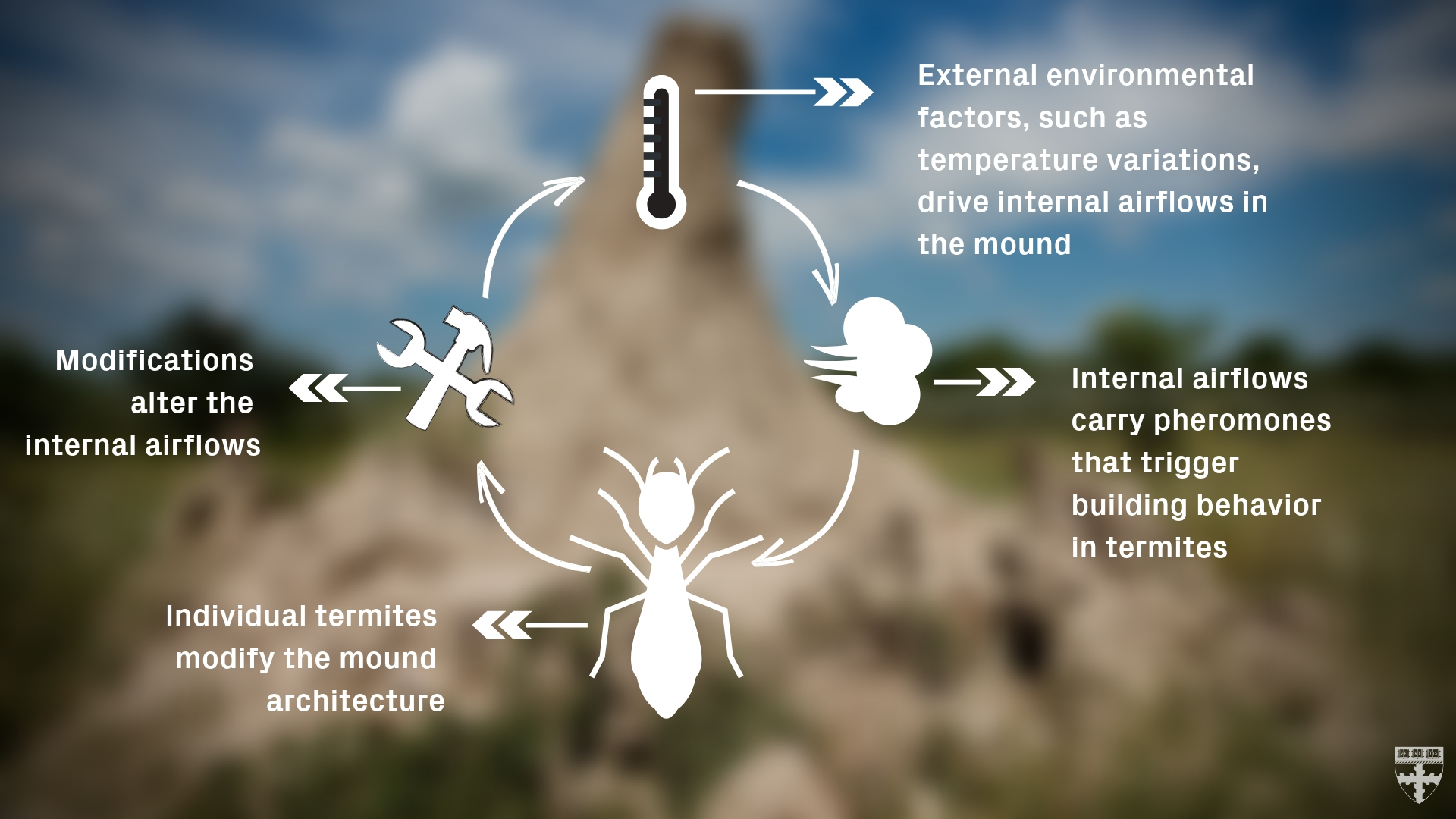
Termites are social insects that live in colonies and are found in most parts of the world. They are divided into three main groups: subterranean, drywood, and dampwood. Subterranean termites live underground in moist soil and build complex underground nests or colonies that can contain up to two million individuals. Drywood termites live in dry, dead wood, and can survive in a wide range of temperatures and climates. Dampwood termites prefer wet wood and live in damp or decaying wood, usually in areas with high humidity and moisture.
The life cycle of termites consists of five stages: egg, nymph, soldier, secondary reproductives, and primary reproductives. Most colonies contain tens of thousands of termites, made up of different castes, such as workers, soldiers, and reproductives. The workers are responsible for collecting food and building the termite’s nest. Soldiers protect the colony from predators, while the reproductives are responsible for mating and producing new colonies.
Termites feed on decaying plant and wood material and are considered a major pest in homes, as they can cause substantial structural damage. They are most active at night and during the summer months, when temperatures and humidity are at their highest. In order to find termites, it is important to look for their nests, as well as signs of damage to wood or other materials.
Signs of Termite Infestation
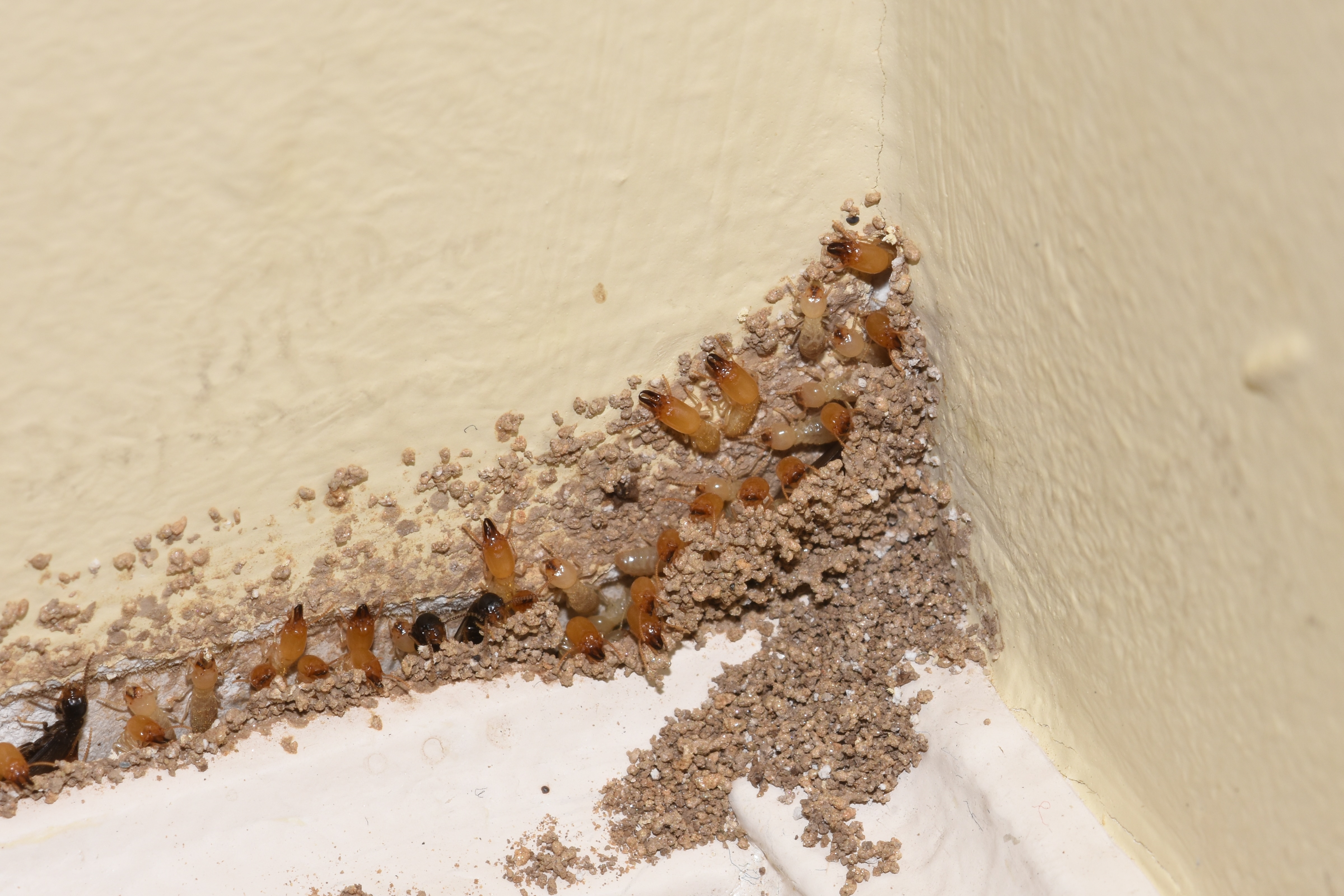
| Sign | Description |
|---|---|
| Mud Tubes | Termites travel through mud tubes which are made of mud, soil, and saliva. These tubes are used to protect them from predators and the elements. |
| Winged Swarmer | Winged swarmers are a sign of a mature termite colony. They fly out of the infested area in search of new places to establish a new colony. |
| Hollow Wood | Termites eat wood from the inside out, leaving wood hollow and brittle. Tap on wood that may be infested to listen for a hollow sound. |
| Discarded Wings | After swarmers have flown away, they shed their wings. Discarded wings near windowsills or doors are a sign of termite infestation. |
| Damaged Paint | Termites can cause paint to bubble and crack due to their consumption of the wood behind it. |
Termite Detection and Prevention
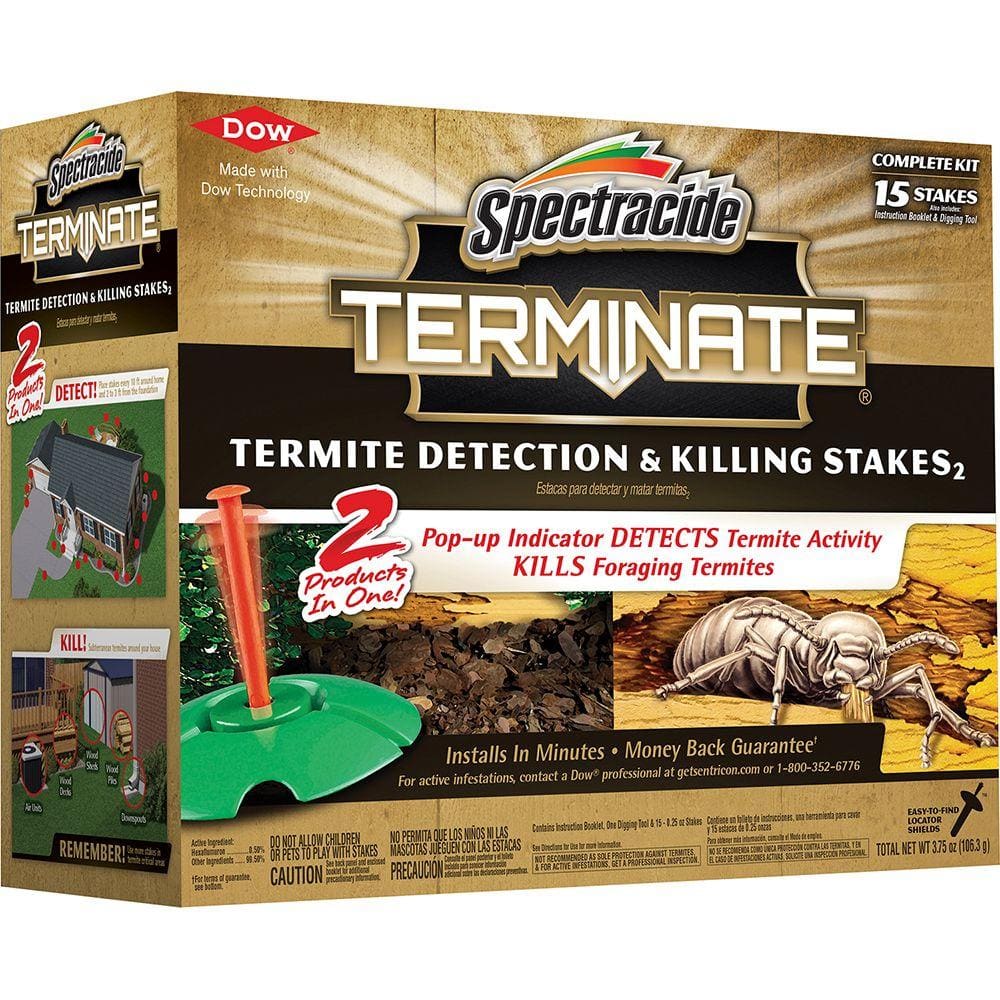
The best way to prevent termite infestation is to detect them early. To detect termites, look for mud tunnels, discarded wings, and small piles of sawdust near wood structures. Homeowners should also inspect their walls and foundations for signs of termite damage. If you suspect a termite infestation, contact a professional pest control company to inspect your home.
To prevent termites from entering your home, seal any cracks in the foundation and ensure that gutters are cleaned regularly to prevent water from accumulating near the foundation. Replace any damaged wood and keep wood off the ground, as it may attract termites. Additionally, apply borate-based insecticides to the foundation and exterior walls, as they can help prevent infestations. Finally, use a termite bait system to detect and monitor termite activity around your home.
Types of Termites
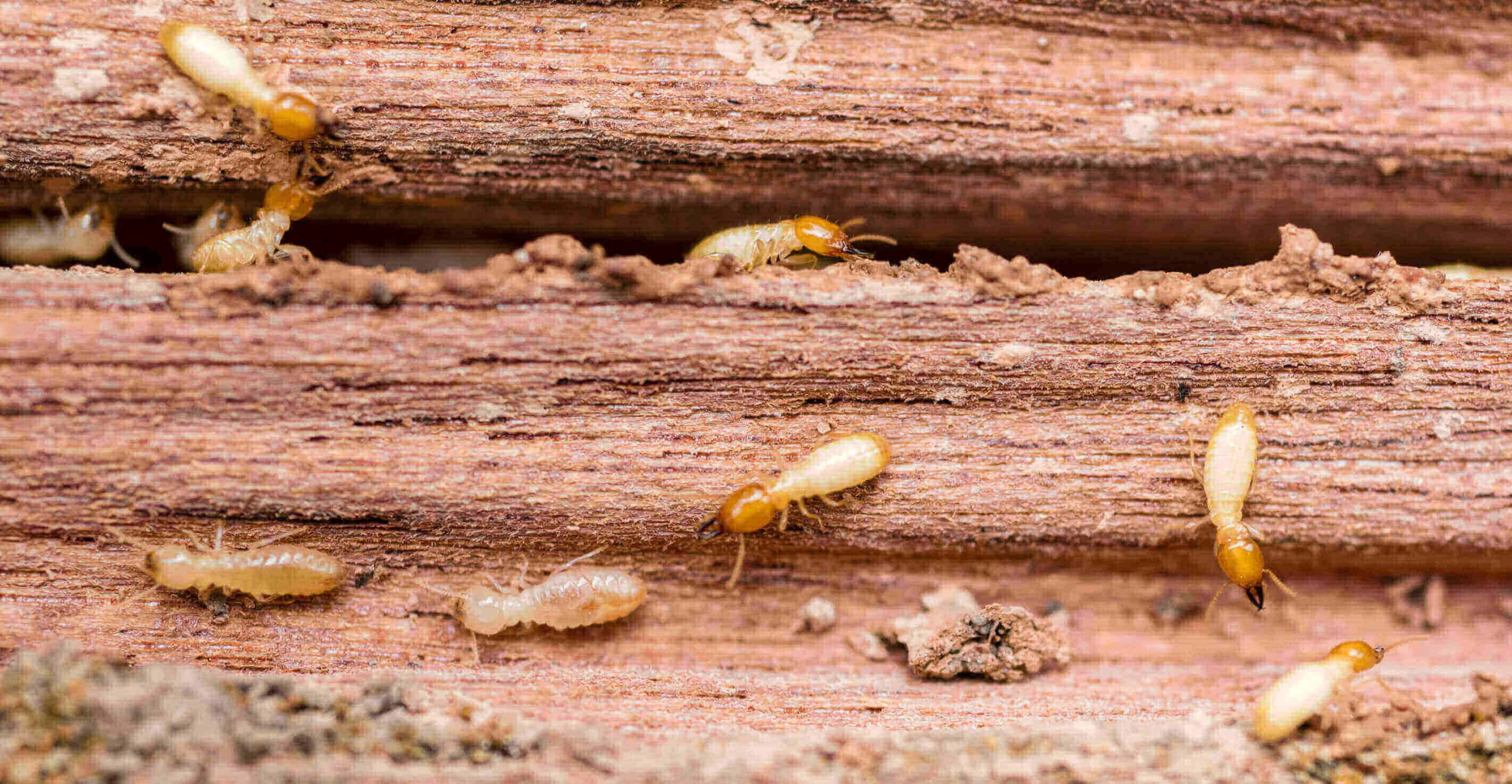
Termites are divided into three main groups: subterranean, drywood, and dampwood. Each type has its own unique characteristics, making it important to identify the type of termite infesting a particular area.
| Type | Location |
|---|---|
| Subterranean | Underground, near sources of moisture |
| Drywood | Dry wood, such as in attics, walls, and furniture |
| Dampwood | Damp wood, such as wood in contact with soil |
Subterranean termites are the most common type in the United States and are found in every state except Alaska. They typically live in the soil and build mud tubes to access food sources above the ground. They feed on wood, paper, and other cellulose materials.
Drywood termites are found in warmer climates and feed on dry wood, often in attics, walls, and furniture. They do not need moisture in the air and can survive in dry conditions.
Dampwood termites are found in damp or wet wood, such as wood that is in contact with the soil. They need a high humidity environment and are typically found in the southern United States.
Termite Treatment and Control
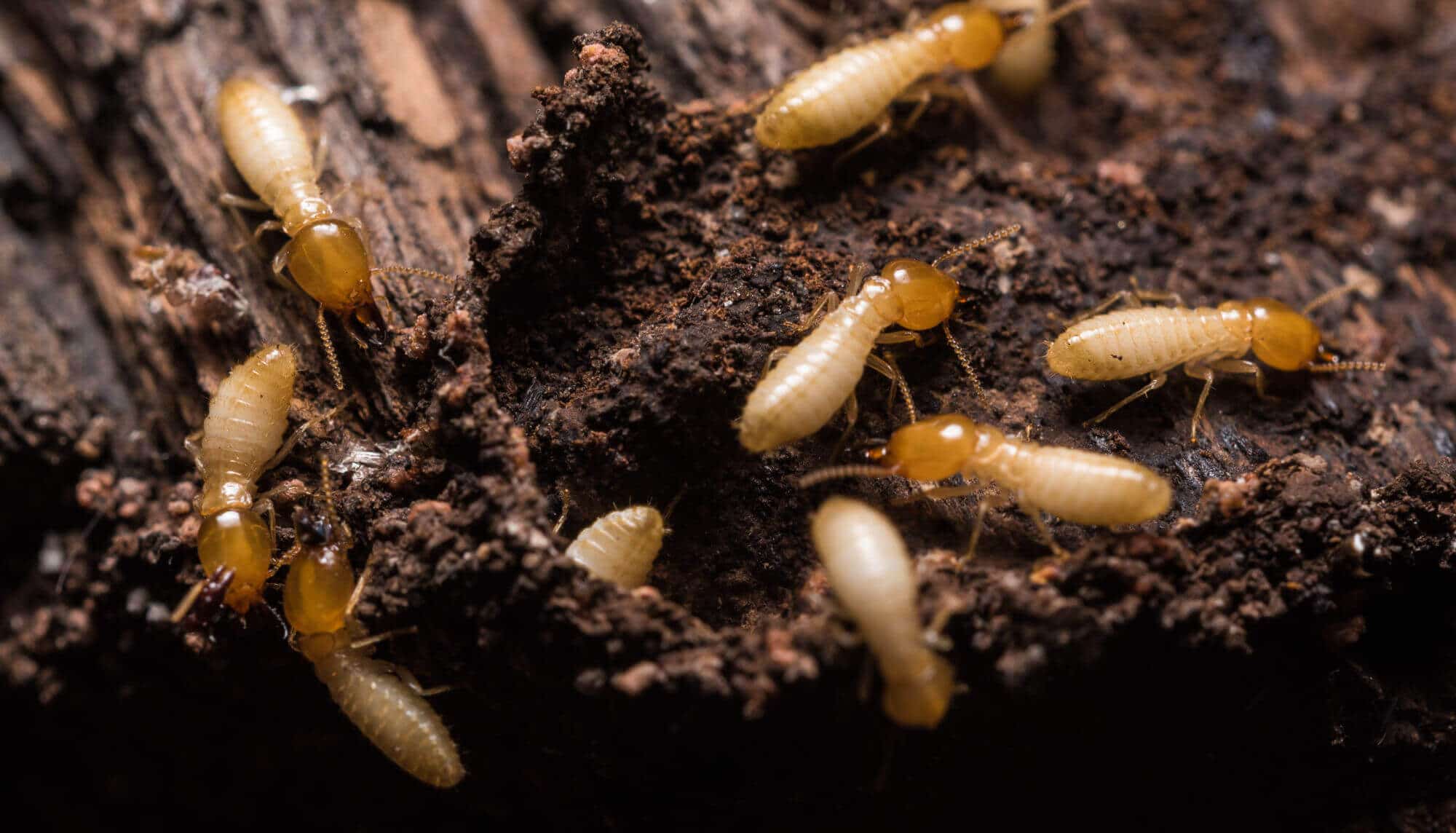
- Inspection of property for infestations and damage
- Identifying possible entry points of termites
- Treatment of existing infestations with insecticides or baiting systems
- Installation of chemical barriers to prevent further infestations
- Removal of termite-prone materials, such as wood and mulch
- Regular inspections and maintenance to ensure there are no new infestations
Different Species of Termites
- Subterranean Termites: The most common type, they live and build colonies in the soil and can enter buildings through cracks or by building mud tubes.
- Drywood Termites: They live in wood, typically in attics and other areas, and they can be found in wooden furniture and structures.
- Dampwood Termites: They live in moist wood, such as in old trees or in structures that are near sources of water.
- Formosan Termites: These termites are native to China, but they have spread to other parts of the world and are now found in the U.S.
The Cost of Termite Treatment and Prevention
- Inspection costs: A professional inspection by a pest control specialist typically costs between $50 and $200.
- Treatment costs: Treatment costs typically depend on the type of treatment and the size of the infestation. Treatment for a small infestation can cost between $200 and $800, while a larger infestation can cost up to $2,000 or more.
- Prevention costs: Prevention costs can range from $200 to $2,000, depending on the size of the home and the type of preventative treatment.
Frequently Asked Questions
Are Termites Harmful to Humans?
Termites are not considered to be a direct threat to humans. However, they can cause significant damage to homes and other structures by consuming wood, paper and other materials. If left untreated, a termite infestation can be costly to repair. For this reason, it is important to inspect your home regularly for signs of a termite infestation and take measures to prevent them from entering your property.
How do I know if I have a termite infestation?
Signs of a termite infestation include the presence of winged termites, mud tubes and tunnels, damaged wood, and discarded wings. Winged termites, also known as swarmers, emerge from colonies and fly around in search of new places to colonize. Mud tubes and tunnels are mud-like tunnels made by termites as they move from their underground colony to the wood they are eating. Damaged wood typically has hollowed out areas, or wood that is blistered and broken. Discarded wings are left behind by swarmers after they shed their wings after mating.
What are the signs of termite activity in my home?
Signs of termite activity include the presence of discarded wings, mud tubes on the walls, hollow-sounding wood and packed soil along the base of walls. Termites also leave behind small piles of droppings and a sawdust-like material. In addition, termites may leave brownish stains on walls and floors. If a swarm of termites is seen inside the house, it is a sure sign of infestation.
How do I prevent termites from entering my home?
To prevent termites from entering your home, it is important to take steps to reduce the risk of an infestation. These steps include repairing any existing damage to your home, sealing off potential entry points, and eliminating sources of moisture. Furthermore, it is beneficial to regularly inspect your home for signs of termites, such as mud tubes and discarded wings, and contact a licensed pest control professional if any are found. Additionally, reducing wood-to-ground contact, removing fallen trees and stumps, and regularly checking and repairing any interior water damage can help to discourage termites.
What are the best methods for controlling and eliminating termites?
The best methods for controlling and eliminating termites include baiting, chemical treatments, and physical barriers. Baiting involves placing bait stations around the affected area, which attracts termites to feed on the bait and then carry it back to their colonies, killing the entire colony. Chemical treatments involve applying insecticides to the affected area, which kills termites on contact or through ingestion. Physical barriers, such as a combination of treated wood, metal, and concrete, can be used to prevent termites from entering the area.
Conclusion
Termites can cause significant damage if left untreated. To protect your home, look for the signs of an infestation and contact a pest control professional to assess and control the problem. Regular inspections of your home and property are also essential to help identify and treat a termite infestation before it becomes a major problem.

